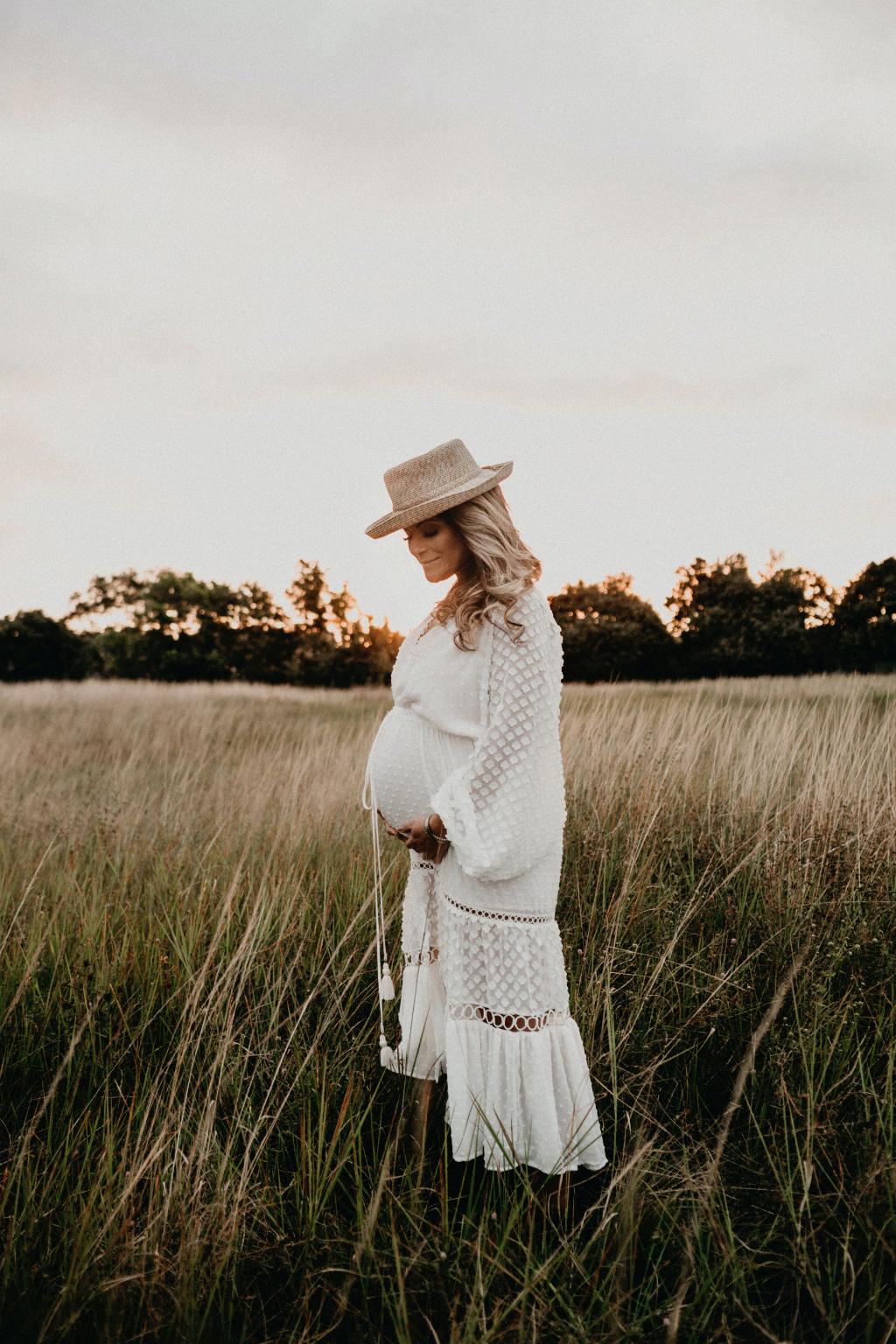When it comes to being pregnant with twins, there are some signs and symptoms that may indicate you are carrying more than one baby. These can include rapid weight gain, larger uterus size for gestational age, extreme fatigue, increased nausea and vomiting, and heightened pregnancy symptoms compared to a singleton pregnancy.
Maternal Intuition and Family History
For some expectant mothers, a sense of intuition or a gut feeling may suggest the possibility of twins. Additionally, if there is a family history of twins, such as a parent or grandparent who had twins, it may increase the likelihood of having a multiple pregnancy.
Early Blood Test or Ultrasound Confirmation
While signs and intuition can point towards a twin pregnancy, the most conclusive way to confirm is through medical tests. A blood test measuring the level of hCG (human chorionic gonadotropin) can sometimes indicate multiples. However, the surest way to know is through an ultrasound, typically done between 6 to 10 weeks, where the presence of one or more embryos can be clearly seen.
Detecting Multiple Heartbeats
During a prenatal visit, the doctor may use a fetal doppler to listen to the baby’s heartbeat. In the case of twins, the doctor may detect more than one distinct heartbeat. This can be a strong indicator of a multiple pregnancy and would prompt further investigation through ultrasound.
Measuring Fundal Height
As the pregnancy progresses, the doctor may measure the fundal height, which is the distance from the pubic bone to the top of the uterus. In a twin pregnancy, the fundal height may be larger than expected for the gestational age, indicating the potential presence of more than one baby.
Increased Levels of Pregnancy Hormones
Women carrying twins can have higher levels of certain pregnancy hormones, such as hCG and AFP (alpha-fetoprotein). These hormone levels can be detected through blood tests and may suggest a multiple pregnancy.
Growing Size of the Uterus
Due to the presence of more than one baby, the uterus in a twin pregnancy tends to grow larger and at a faster rate compared to a singleton pregnancy. This rapid expansion of the uterus can contribute to increased discomfort and noticeable changes in the belly size.
Feeling Fetal Movement Early
Some women pregnant with twins report feeling fetal movements earlier than expected. This is because with more than one baby sharing the uterine space, movements can be more frequent and noticeable. Early sensations of fetal kicks may prompt further investigation for multiples.
Increased Prenatal Care and Monitoring
Once a twin pregnancy is confirmed, expectant mothers can expect more frequent prenatal visits and closer monitoring throughout the pregnancy. This includes regular ultrasounds to track the growth and development of both babies, as well as additional screenings for potential complications.
Potential Complications with a Twin Pregnancy
While carrying twins is an exciting prospect, it can also come with increased risks and potential challenges. Twin pregnancies are considered higher risk due to the likelihood of complications such as preterm birth, gestational diabetes, high blood pressure, and the need for cesarean delivery.
Preparing for Twins
Upon receiving confirmation of a twin pregnancy, it is important for expectant parents to start preparing for the arrival of two babies. This includes setting up a support system, organizing necessary baby gear, attending prenatal classes tailored for multiples, and planning for the unique demands of caring for twins.
The Joy of Expecting Twins
While the prospect of twins may bring about some apprehension, it is important to remember the immense joy and blessing that comes with expecting two babies at once. Twins often share a special bond from the womb and bring double the love, laughter, and happiness to the family.

